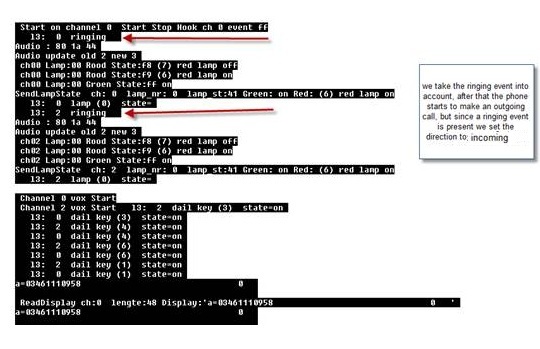Cusotmer has deployed Mynavoice recording solution to record calls of IP extensions of Avaya IPO. Problem is that Mynavoice gets a ringing event just before when an IP extension makes an outbound call and that makes Mynavoice classifying that outbound call as an inbound call.
Could we do anything on Avaya side?
Here are the logs Mynavoice shared:

Could we do anything on Avaya side?
Here are the logs Mynavoice shared:


